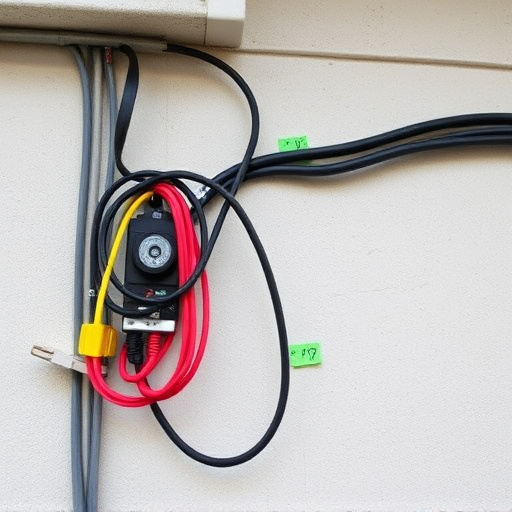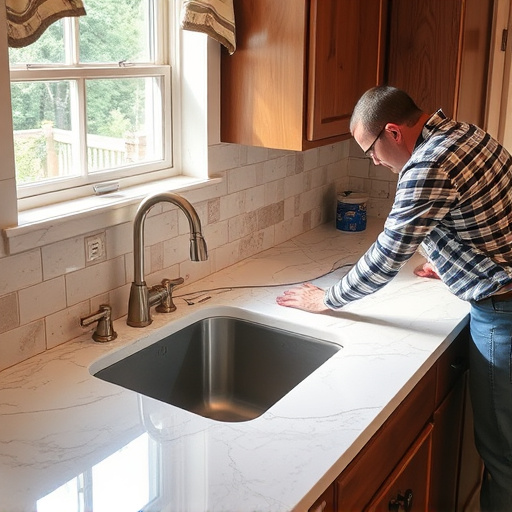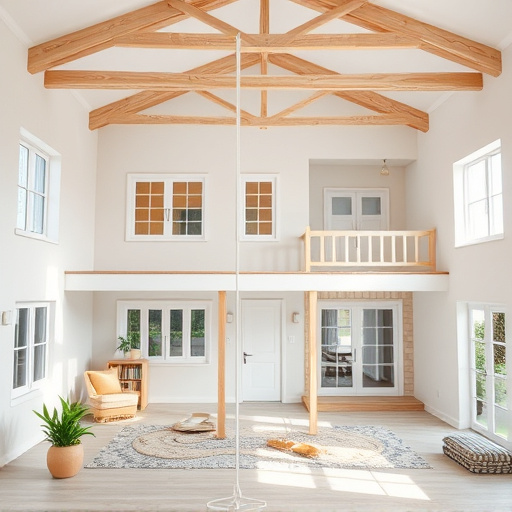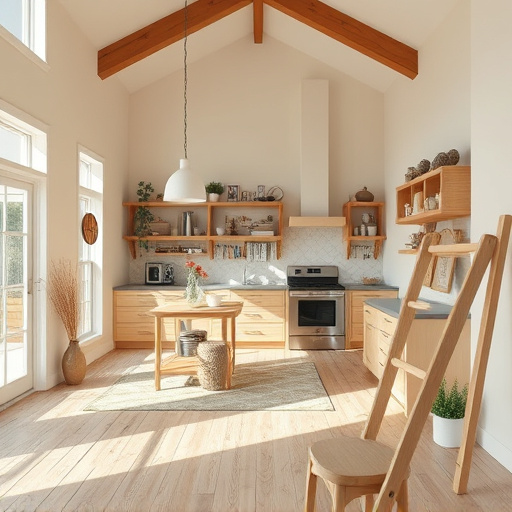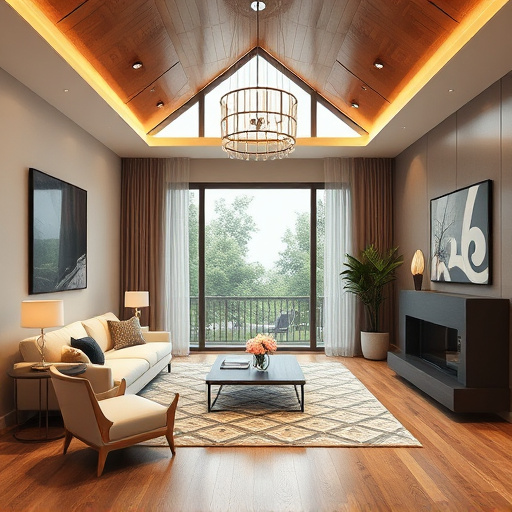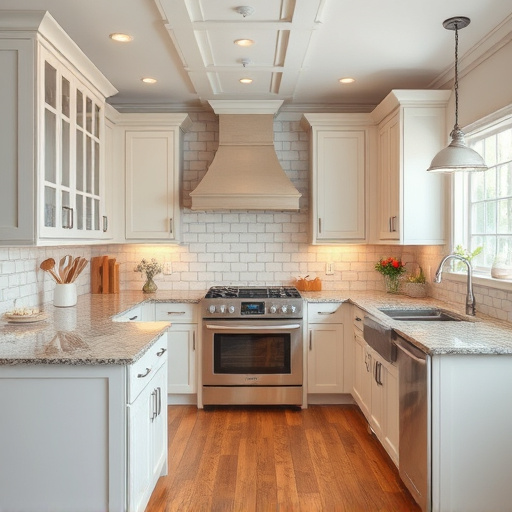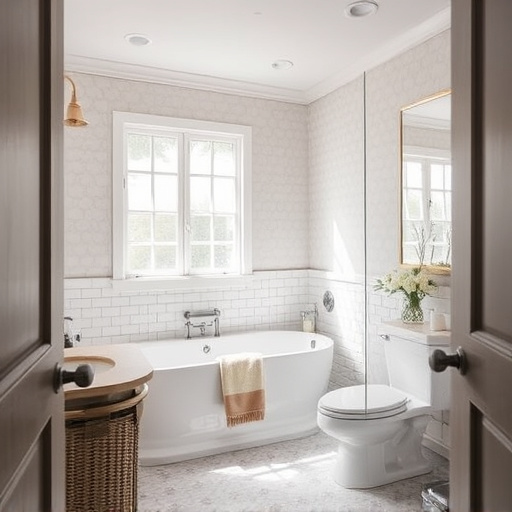Measure room dimensions accurately and create floor plans to guide strategic furniture placement, enhancing flow and aesthetics in interior decorating. Consider room purpose for tailored layouts, ensuring optimal functionality. Achieve balance through symmetrical or asymmetrical arrangements, prioritizing comfort and seamless integration during home changes.
Discover the art of furniture placement, a key element in successful interior decorating. Learn how to transform your space by understanding its unique layout through precise measurement and floor planning. Explore functionality, prioritizing where pieces serve both aesthetic and practical purposes. Achieve balance and harmony by arranging furniture for visual allure and ensuring comfort. Elevate your interior decorating skills with these expert tips for a stylish and inviting home.
- Understand Your Space: Measure and Create a Floor Plan
- Consider Functionality: Where Do You Need Furniture?
- Balance and Harmony: Arranging for Visual Appeal and Comfort
Understand Your Space: Measure and Create a Floor Plan
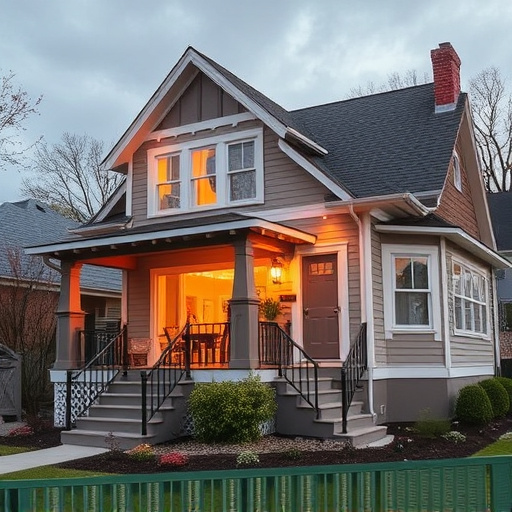
Understanding your space is a fundamental step in successful interior decorating. Before placing any furniture, take time to measure your rooms accurately. Note down the dimensions of each wall, door, and window, as well as any existing fixtures like fireplaces or built-in shelves. Create a floor plan by drawing out your room on paper or using digital tools, ensuring you capture the exact layout and scale. This visual representation will help you envision how furniture will fit together and allow for strategic placement that enhances flow and functionality in each space.
By mapping out your interior decor, you can avoid common mistakes like buying furniture that doesn’t fit through doorways or leaving inadequate space around key pieces. A well-planned floor plan also facilitates better circulation, ensuring that every area of the room is accessible and comfortable. Whether considering existing features or planning for future home additions or floor replacements, a detailed floor plan serves as your guide for creating an interior decorating scheme that suits both style and practicality.
Consider Functionality: Where Do You Need Furniture?
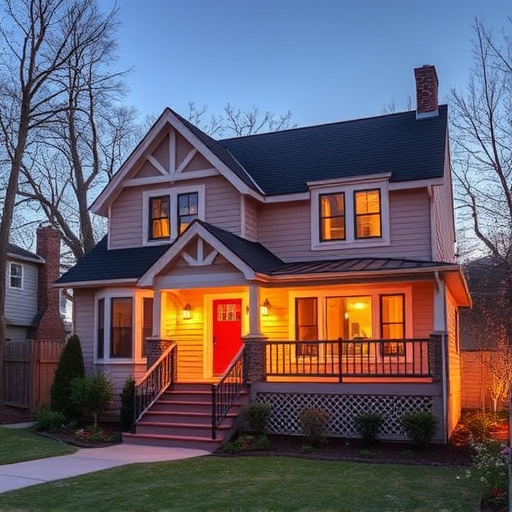
When it comes to interior decorating, furniture placement plays a pivotal role in creating functional and aesthetically pleasing spaces. Before you start arranging your pieces, take a step back and consider the purpose of each room and its intended use. Different areas within your home demand distinct arrangements; for example, a living room might prioritize conversation and relaxation, while a workspace requires a setup that fosters productivity.
In planning your furniture placement, think about the daily activities that will take place in each space. For instance, in kitchens and dining rooms, consider the flow of traffic and ensure there’s enough space for multiple people to move around comfortably during meal times or when preparing food. Bathrooms, too, necessitate thoughtful placement, especially when remodeling projects involve new fixtures or layouts; making sure essential elements like the sink, toilet, and shower are easily accessible is paramount in any bathroom remodel or renovation.
Balance and Harmony: Arranging for Visual Appeal and Comfort
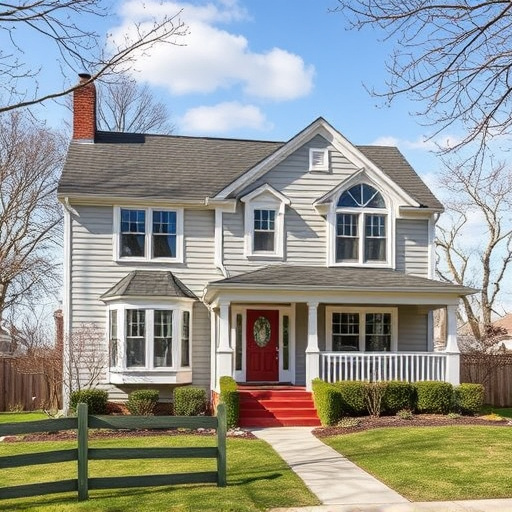
Achieving balance and harmony in your interior decorating is key to creating a visually appealing and comfortable space. When arranging furniture, consider the overall composition and how each piece contributes to the whole design. Symmetrical placement can evoke a sense of calmness and order, while asymmetrical arrangements add dynamic interest and personality. Ensure that no single element dominates, allowing each piece to play its part in the tapestry of your room.
In addition to visual balance, comfort should be at the forefront of your interior decorating efforts. Consider how furniture supports daily activities and caters to different needs. For instance, in a living room, place seating arrangements to encourage conversation and interaction. In the bathroom remodel or home renovation, strategically position vanities and mirrors to create a sense of openness and functionality. Even when undertaking home additions, thoughtful furniture placement can enhance the seamless integration of new spaces into your overall interior design scheme.
Optimizing your furniture placement is a key component of successful interior decorating. By understanding your space, considering functionality, and striving for balance and harmony, you can create a comfortable and visually appealing environment that enhances your daily life. Remember, effective interior decorating isn’t just about aesthetics; it’s about crafting spaces that are both beautiful and practical.







